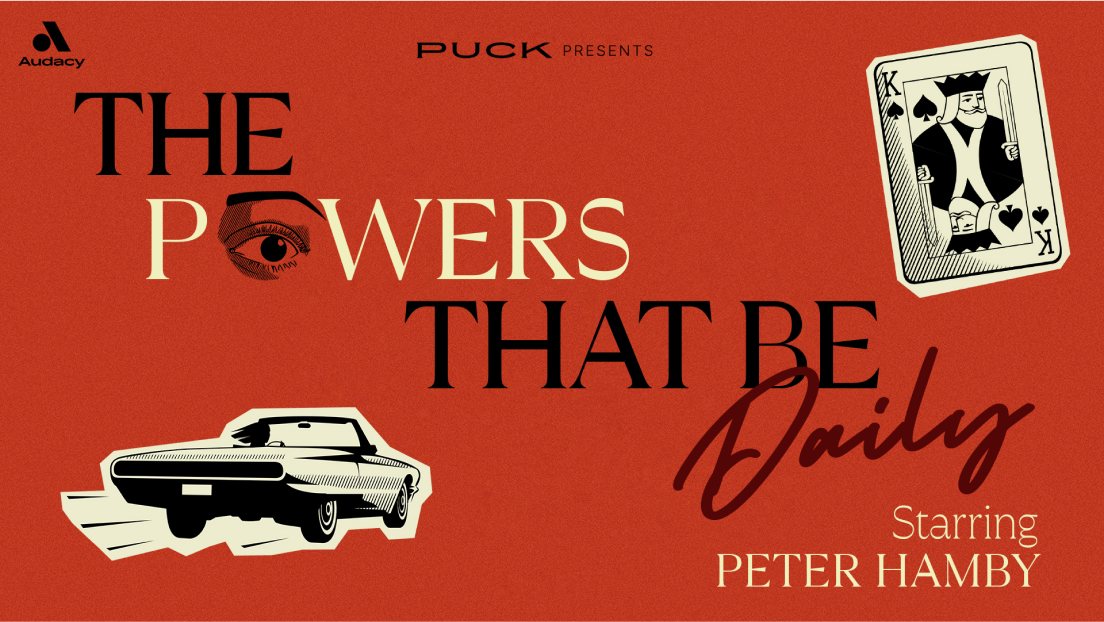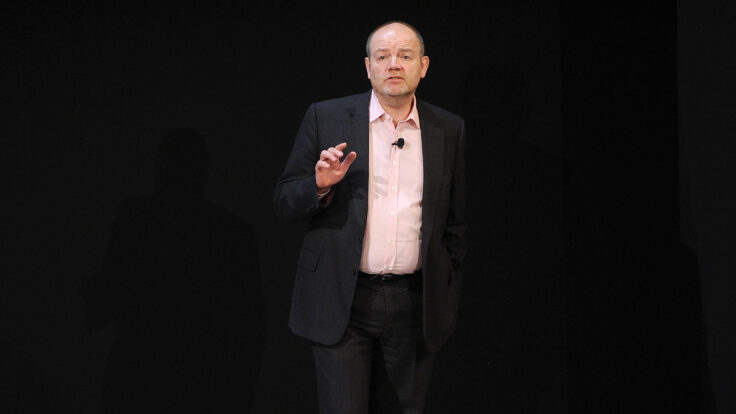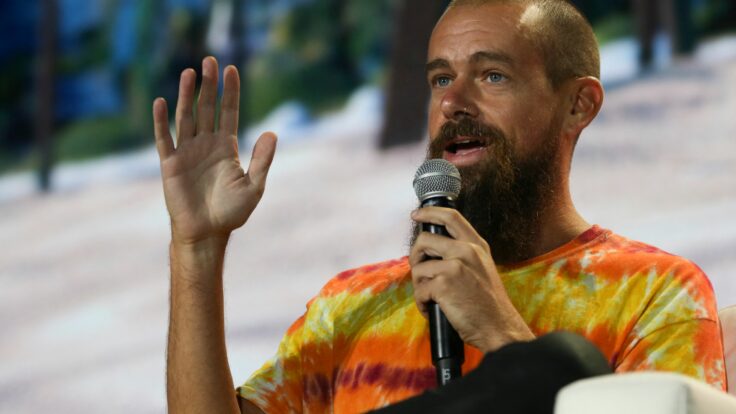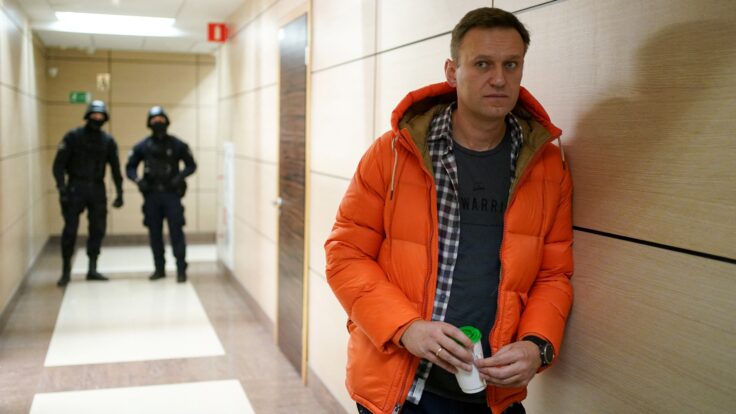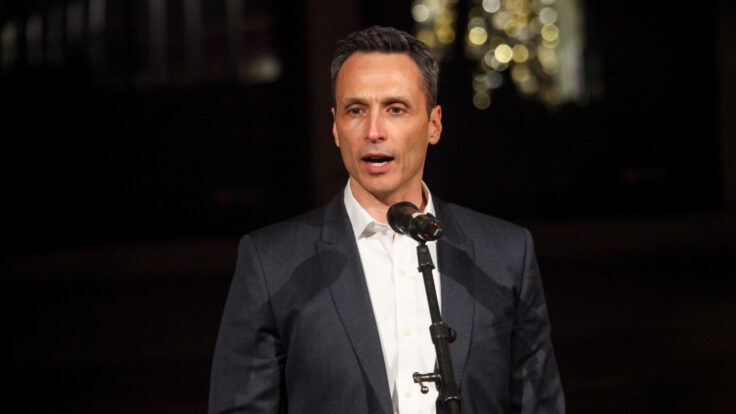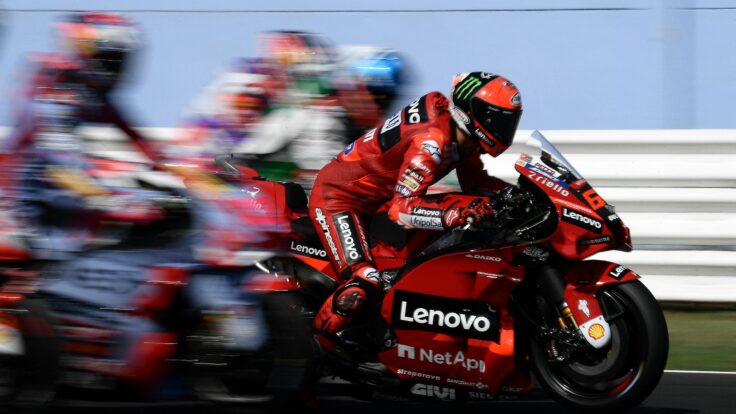
|
PREVIEW VERSION
|
|
|
|
Sotheby’s Alternate Assets,
CNN Bloodletting, ESPN’s Streaming Fate
|
Welcome to The Daily Courant, your afternoon dispatch featuring Puck’s best new
reporting.
First up today, William D. Cohan chronicles the earlyish, heady days of Wall Street’s embrace of artificial intelligence, and chats with a young founder at the center of it all. Of course, questions are emerging: Will rapid A.I. advancements improve the work-life balance of junior bankers, or replace them entirely?
Plus, below the fold: Leigh Ann Caldwell, Puck’s chief Washington correspondent, identifies the stress cracks in the G.O.P.’s outwardly ebullient coalition. Dylan Byers assesses CNN’s growing pains as Mark Thompson’s digital transformation kicks off. Marion Maneker ponders Sotheby’s year-end emphasis on their $1 billion real estate portfolio. Julie Davich investigates the art
world’s revived fascination with the late Louise Nevelson. And Sarah Shapiro offers her expert assessment of the most telling pre-Valentine’s Day retail trends.
Meanwhile, on the pods: John Heilemann hosts communications strategist Jennifer Palmieri on Impolitic to break down the A.O.C.–M.T.G. political horseshoe theory. On The Varsity, John
Ourand reconnects with Michael Nathanson to evaluate ESPN’s streaming strategy and Netflix’s potential UFC bid. And on The Powers That Be, Jon Kelly and Peter Hamby check the timeline for CNN’s digital overhaul and debate why news orgs like the Times are toning down their Trump coverage.
|
|
|

|
William D. Cohan
|
|
In 2021, Gabe Stengel left Lazard and joined up with his Princeton thesis partner, John Willett, to start Rogo, an
A.I. platform for financial institutions. Their software can do in a nanosecond what would normally take junior bankers a sleep-deprived week: spit out company profiles, assemble financial data, offer comparative analyses, etcetera. Naturally, some in the industry wonder whether the endgame is to replace employees entirely. “Personal, trusted relationships will give you insights that no tool is going to have,” Lazard C.E.O. Peter Orszag told Bill. “I think, if anything, those personal
connections are going to be even more important if some of what a banker does gets commoditized.” In the meantime, he said, “We’re all in on A.I.”
Read Now
|
|
|

|
Leigh Ann Caldwell
|
|
One week into the second Trump era, there’s a sense of euphoria among Capitol Hill Republicans that hasn’t been felt
in a long time. Trump’s new team understands the nuances of Washington better than their predecessors, and the president himself is evidently emboldened on account of his popular vote victory. But as Leigh Ann notes, while unity, unity, unity is the mantra among Republicans, many privately acknowledge that the Trump honeymoon will be short. Senate and House Republicans have already started finger-pointing over how to turn Trump’s far-reaching agenda into legislation. “Despite
public posturing,” Leigh Ann writes, “the House G.O.P.’s disparate ideological factions are setting up their battle stations.”
Read Now
|
|
|

|
Dylan Byers
|
|
On Thursday, CNN chairman and C.E.O. Mark Thompson unveiled a number of changes intended to advance the network along
its tortured progression from 45-year-old cable news channel to thriving, multiplatform digital enterprise (hopefully). Most notably, he previewed the launch of a new, subscription-supported streaming service; hinted at unspecified subscription lifestyle products; and stressed the need to transform the clunky CNN website and app into “a modern and premium video-driven experience.” These efforts, fueled by a $70 million investment from parent company Warner Bros. Discovery, marked the first step
in the unit’s plan to reach $1 billion in digital revenue by 2030. But as Dylan previewed back in November, the transformation will not be painless: Thompson also announced that CNN would lay off some 200-plus people, with plans to fill at least 100 new posts on the digital side in the coming months.
Read Now
|
|
|

|
Marion Maneker
|
|
Last Thursday, Marion listened in while Sotheby’s presented their 2024 financial results—$6 billion in sales, divided
between $4.6 billion in auctions and $1.4 billion in private sales—and wondered what he was meant to be taking away. Sotheby’s new C.F.O., David Kownator, revealed the overall number was down 23 percent from the year before, and that the composition of sales was 63 percent fine art and 37 percent luxury—and that luxury sales were driving the company. “We’ve been strategically investing in our growth, focusing mainly on diversifying our business, … [and] expanding into new markets through our
real estate strategy,” Kownator said toward the end of the call. “We now own over $1 billion in real estate assets, and our prime locations give us a competitive edge.” Did the emphasis on real estate and luxury suggest that Sotheby’s wants to be seen now as a global luxury retailer—and if so, can real estate actually have a transformative effect on the legendary auction house’s future?
Read Now
|
|
|

|
Julie Brener Davich
|
|
The late Louise Nevelson gained renown for repurposing discarded materials from city streets and reimagining them as
architectural marvels. She stripped these objects of their individual histories, transforming the mundane into the sublime. And yet, after Nevelson’s passing in 1988, “her works went into eclipse,” Oliver Shultz, Pace Gallery’s chief curator, told Julie during a tour of Shadow Dance, a show of Nevelson’s works on view at Pace’s New York gallery through March 1. “When people stopped seeing her,” Shultz added, “they stopped seeing the works.” Now, a Nevelson revival is taking shape, with
museums increasingly bringing her creations out of storage. And there is perhaps no greater sign of an artist’s increasing visibility than fashion brands embracing their legacy: Celine’s Artist Jewelry Program, led by artistic director Hedi Slimane, is offering two limited-edition necklaces inspired by Nevelson’s jewelry designs.
Read Now
|
|
|

|
Sarah Shapiro
|
|
In today’s retail landscape, brands often expand into new categories through collaborations or strategic
partnerships. Ordinarily, creating a new beauty product can take at least 18 months of testing, learning, iterating, etcetera—but working with a partner can shorten the circuitous route to market, all while minimizing capital risk. In this dispatch, Sarah surveys a handful of companies that are carefully testing new markets, offers a download on the deluge of Valentine’s Day merch and promos, and scrutinizes the normalization of lab-grown diamonds.
Read Now
|
|
|

|
John Heilemann
|
|
John is joined by longtime Democratic communications strategist for Bill Clinton, John Edwards, Barack Obama, Hillary
Clinton, and, in the 2024 campaign, second gentleman Doug Emhoff, to discuss the first week of Trump 2.0 and how Democrats are coping. Palmieri explains why her team’s loss in November didn’t feel as bad as in 2016, but the sucking-up to him by so much of the corporate and media establishment this time feels worse. She identifies which Democrats have performed well in the post-election period and which are likely to run for president in 2028, as well as what A.O.C. and M.T.G. have in common. Jen
also discusses why, despite the real backlash against the movement, reports of #MeToo’s death have been greatly exaggerated.
Listen Now
|
|
|

|
John Ourand
|
|
Michael Nathanson rejoins John to dissect the most pressing sports media topics of 2025: Netflix’s potential bid for
UFC rights, the challenge of building a sustainable P.P.V. business model, the viability of ESPN’s streaming strategy (and Fox Sports’s need to develop one), and so much more.
Listen Now
|
|
|

|
Peter Hamby
|

|
Jon Kelly
|
|
Jon Kelly connects with Peter to scrutinize CNN’s post-layoff digital transformation and how long it’ll take for Mark
Thompson’s vision to come to fruition, before discussing the strategic decisions by the Times, CNN, and other news outlets to tone down their political coverage during Trump 2.0. Finally, they gab about the NFL’s declining ratings as Amazon and Netflix become major players in sports media.
Listen Now
|
|
|
Need help? Review our FAQ page or contact us for assistance. For brand partnerships, email ads@puck.news.
You received this email because you signed up to receive emails from Puck, or as part of your Puck account associated with . To stop receiving this newsletter and/or manage all your email preferences, click here.
|
Puck is published by Heat Media LLC. 107 Greenwich St, New York, NY 10006
|
|
|
|



_01JJMHFFRM75XDADP95XVPYP2V.png)
_01JJMHFJ88NFB3QGA67R3DWP8X.png)
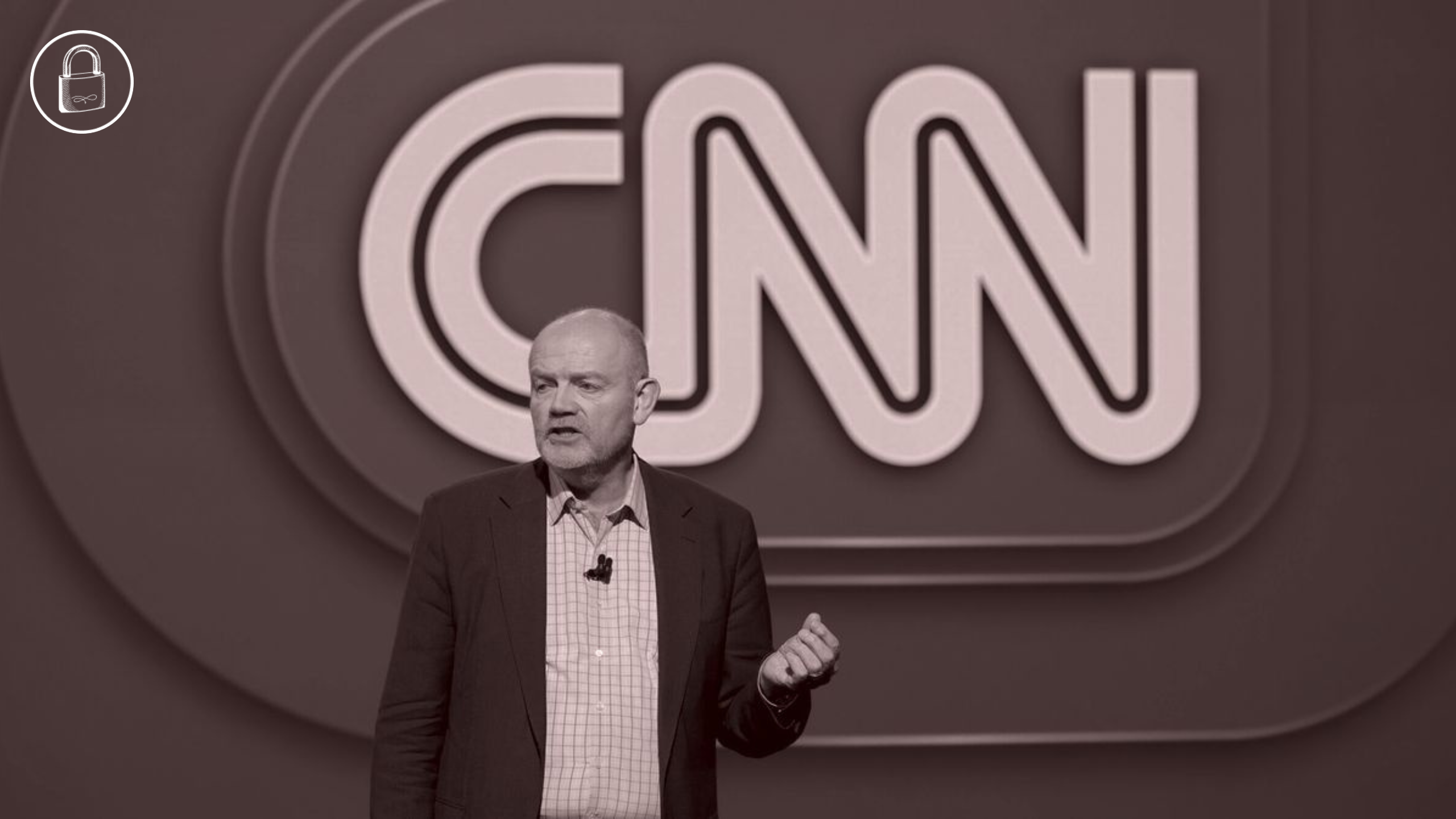
_01JJMHFH35HFB8Y509VKF6KNTC.png)
_01JJMHFGAF2VDPWP9CEQGBT3TP.png)
_01JJMHFHNXF86J0QTY0ZD1V9J5.png)




